Researchers using NASA's James Webb Space Telescope have finally confirmed what models have previously predicted: An exoplanet has differences between its eternal morning and eternal evening atmosphere. WASP-39 b, a giant planet with a diameter 1.
Researchers using NASA 's James Webb Space Telescope have finally confirmed what models have previously predicted: An exoplanet has differences between its eternal morning and eternal evening atmosphere. WASP-39 b, a giant planet with a diameter 1.3 times greater than Jupiter , but similar mass to Saturn that orbits a star about 700 light-years away from Earth, is tidally locked to its parent star.
Astronomers analyzed the 2- to 5-micron transmission spectrum of WASP-39 b, a technique that studies the exoplanet's terminator, the boundary that separates the planet's dayside and nightside. A transmission spectrum is made by comparing starlight filtered through a planet's atmosphere as it moves in front of the star, to the unfiltered starlight detected when the planet is beside the star.
Now, the new analysis builds two different spectra from the terminator region, essentially splitting the day/night boundary into two semicircles, one from the evening, and the other from the morning. Data reveals the evening as significantly hotter, a searing 1,450 degrees Fahrenheit , and the morning a relatively cooler 1,150 degrees Fahrenheit .
On a highly irradiated exoplanet like WASP-39 b that orbits relatively close to its star, researchers generally expect the gas to be moving as the planet rotates around its star: Hotter gas from the dayside should move through the evening to the nightside via a powerful equatorial jet stream. Since the temperature difference is so extreme, the air pressure difference would also be significant, which in turn would cause high wind speeds.
WASP-39 b was among the first targets analyzed by Webb as it began regular science operations in 2022. The data in this study was collected under Early Release Science program 1366, designed to help scientists quickly learn how to use the telescope's instruments and realize its full science potential.Néstor Espinoza, Maria E. Steinrueck, James Kirk, Ryan J. MacDonald, Arjun B. Savel, Kenneth Arnold, Eliza M.-R. Kempton, Matthew M. Murphy, Ludmila Carone, Maria Zamyatina, David A.
Astronomy Mars Eris (Xena) Jupiter NASA Stars Kuiper Belt
United States Latest News, United States Headlines
Similar News:You can also read news stories similar to this one that we have collected from other news sources.
 Stunning image from NASA's James Webb Space Telescope captures galaxies merging in cosmic collisionThe image released Friday depicts two merging galaxies, nicknamed 'the Penguin and the Egg,' that are about 100,000 light years apart, a surprisingly close distance in astronomical terms.
Stunning image from NASA's James Webb Space Telescope captures galaxies merging in cosmic collisionThe image released Friday depicts two merging galaxies, nicknamed 'the Penguin and the Egg,' that are about 100,000 light years apart, a surprisingly close distance in astronomical terms.
Read more »
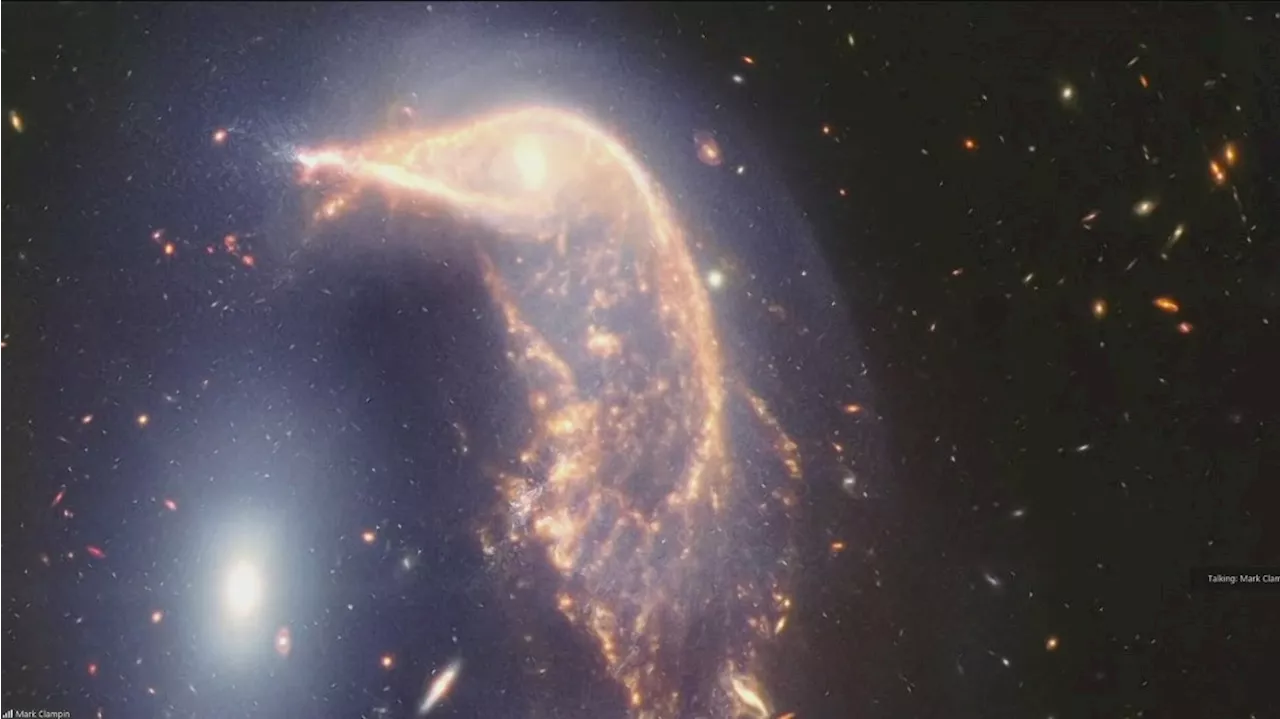 NASA expert discusses discoveries made from James Webb Space TelescopeNASA's James Webb Space Telescope is the world's largest and most powerful space telescope.
NASA expert discusses discoveries made from James Webb Space TelescopeNASA's James Webb Space Telescope is the world's largest and most powerful space telescope.
Read more »
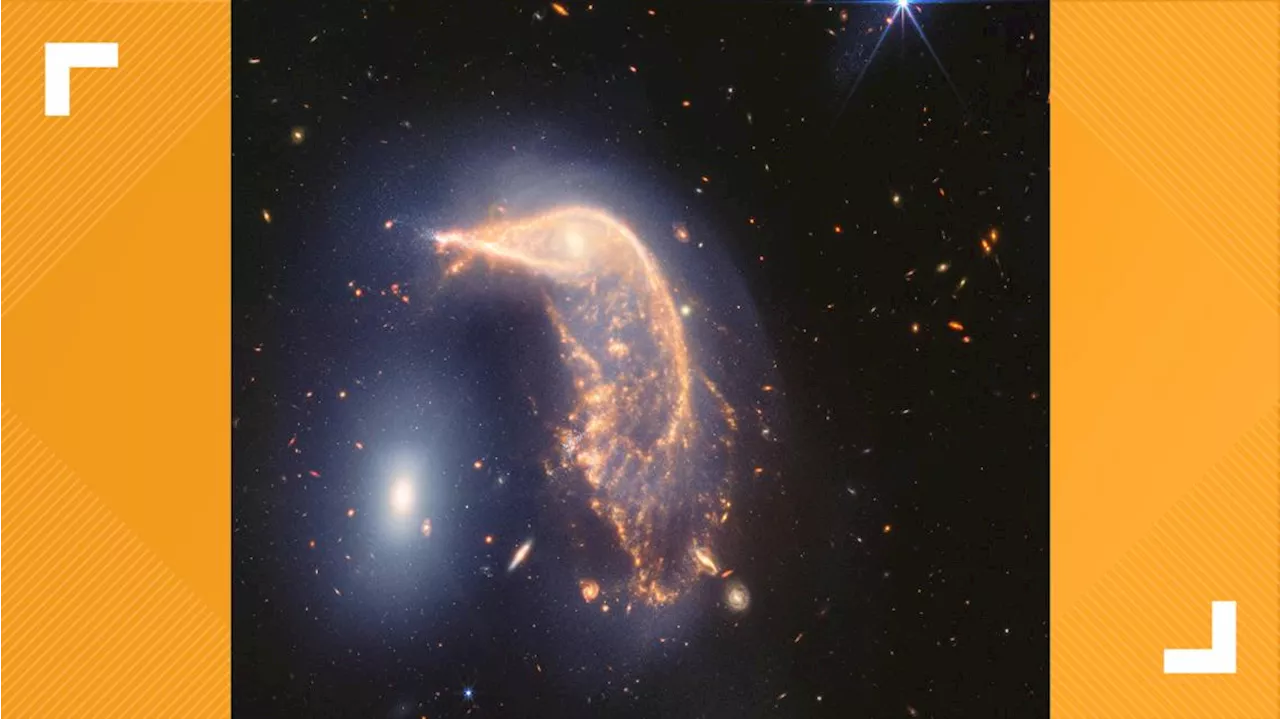 See images of intertwined galaxies released on Webb Space Telescope's 2nd birthdayNASA celebrates two years of science operations of its James Webb Space Telescope.
See images of intertwined galaxies released on Webb Space Telescope's 2nd birthdayNASA celebrates two years of science operations of its James Webb Space Telescope.
Read more »
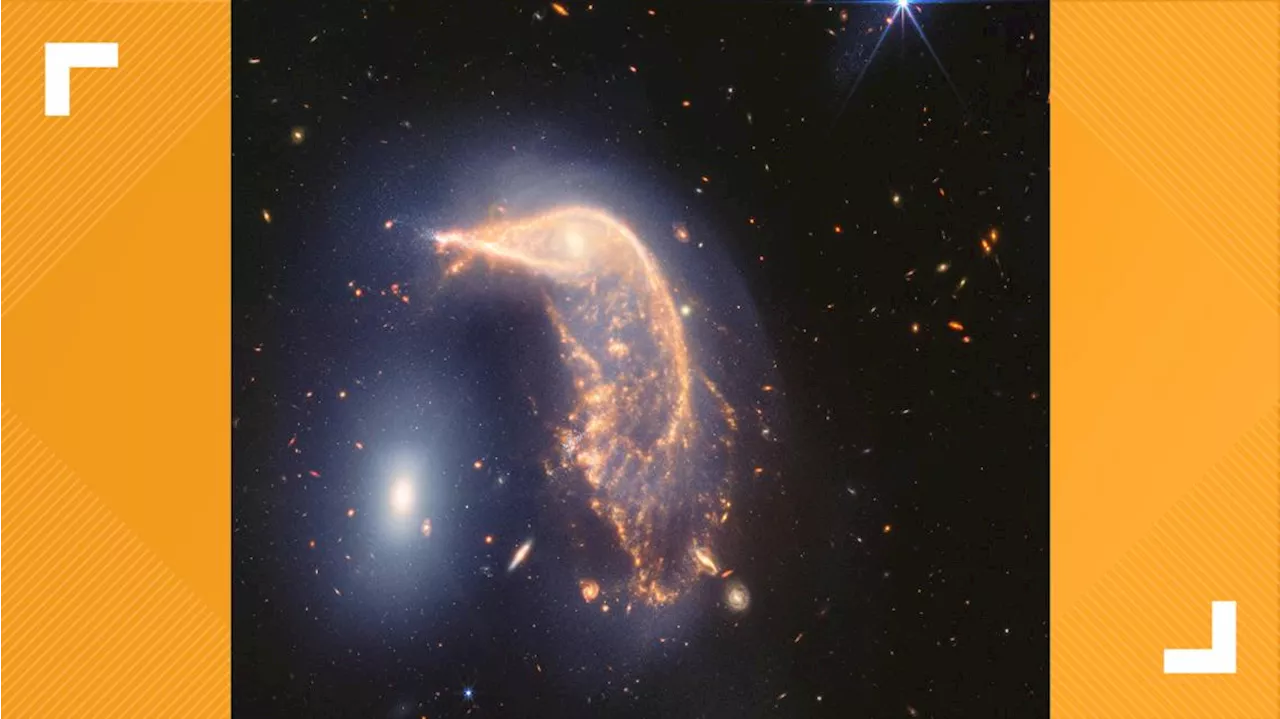 See images of intertwined galaxies released on Webb Space Telescope's 2nd birthdayNASA celebrates two years of science operations of its James Webb Space Telescope.
See images of intertwined galaxies released on Webb Space Telescope's 2nd birthdayNASA celebrates two years of science operations of its James Webb Space Telescope.
Read more »
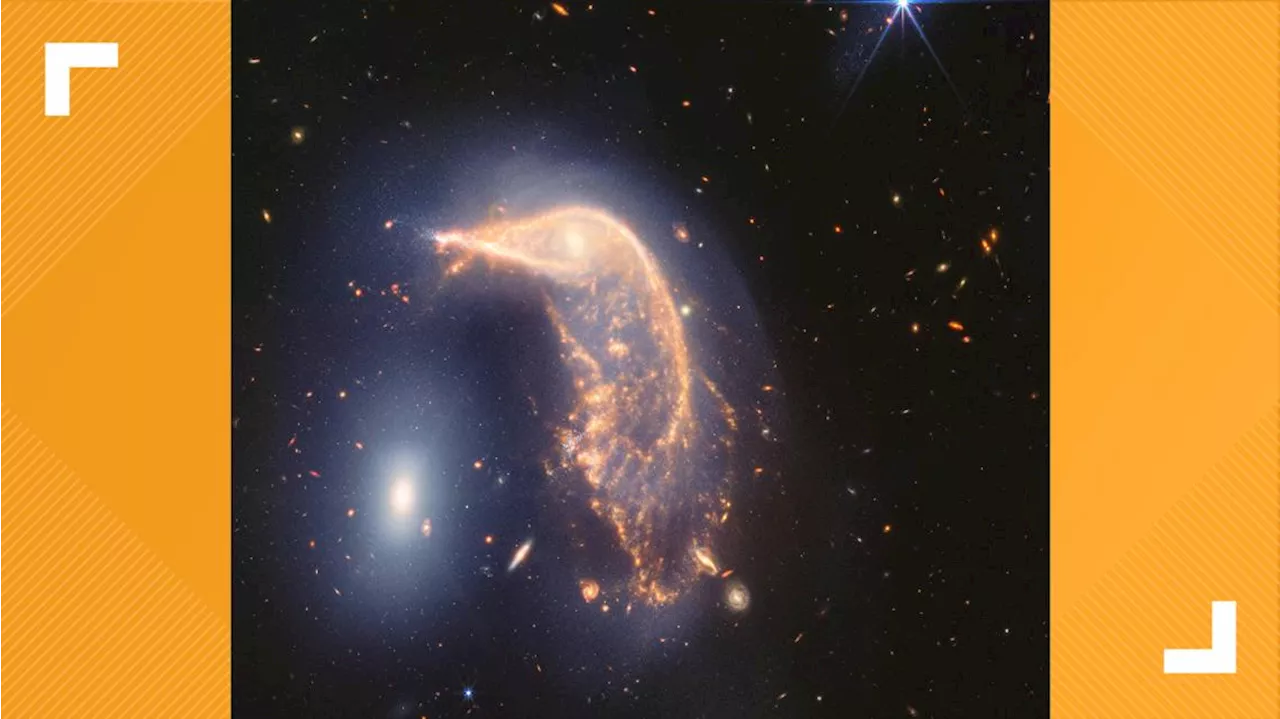 See images of intertwined galaxies released on Webb Space Telescope's 2nd birthdayNASA celebrates two years of science operations of its James Webb Space Telescope.
See images of intertwined galaxies released on Webb Space Telescope's 2nd birthdayNASA celebrates two years of science operations of its James Webb Space Telescope.
Read more »
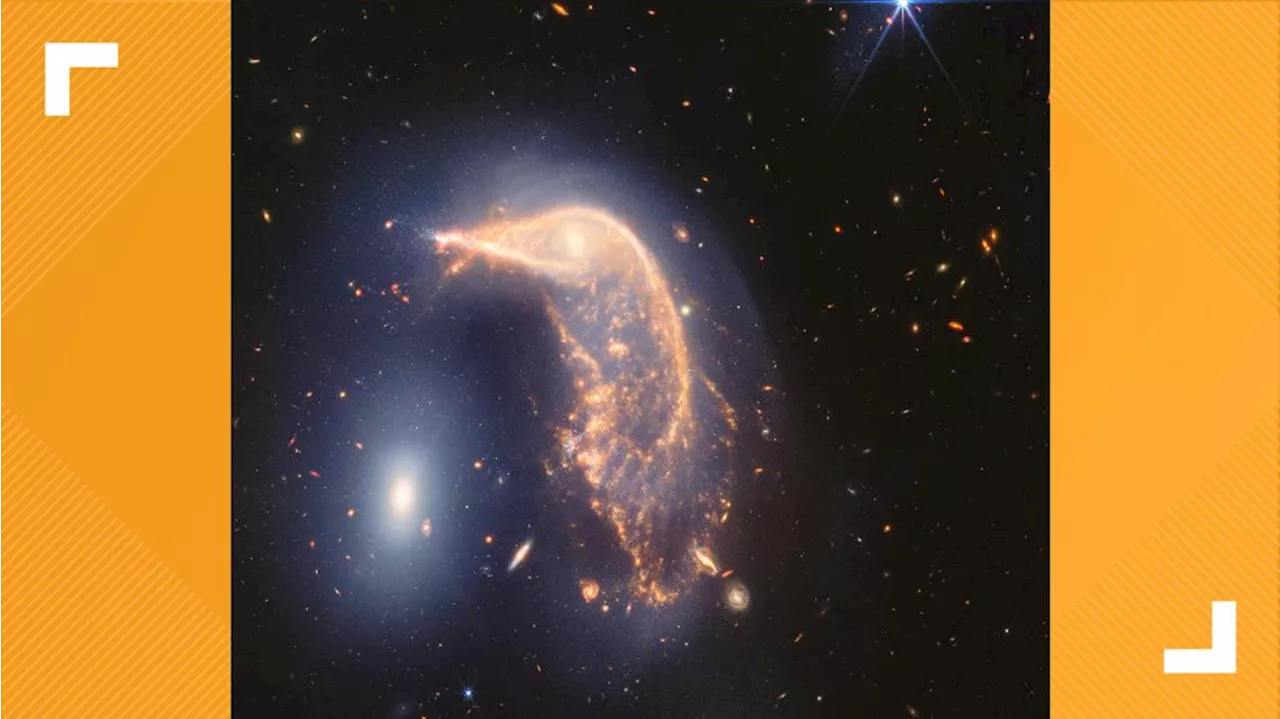 See images of intertwined galaxies released on Webb Space Telescope's 2nd birthdayNASA celebrates two years of science operations of its James Webb Space Telescope.
See images of intertwined galaxies released on Webb Space Telescope's 2nd birthdayNASA celebrates two years of science operations of its James Webb Space Telescope.
Read more »
